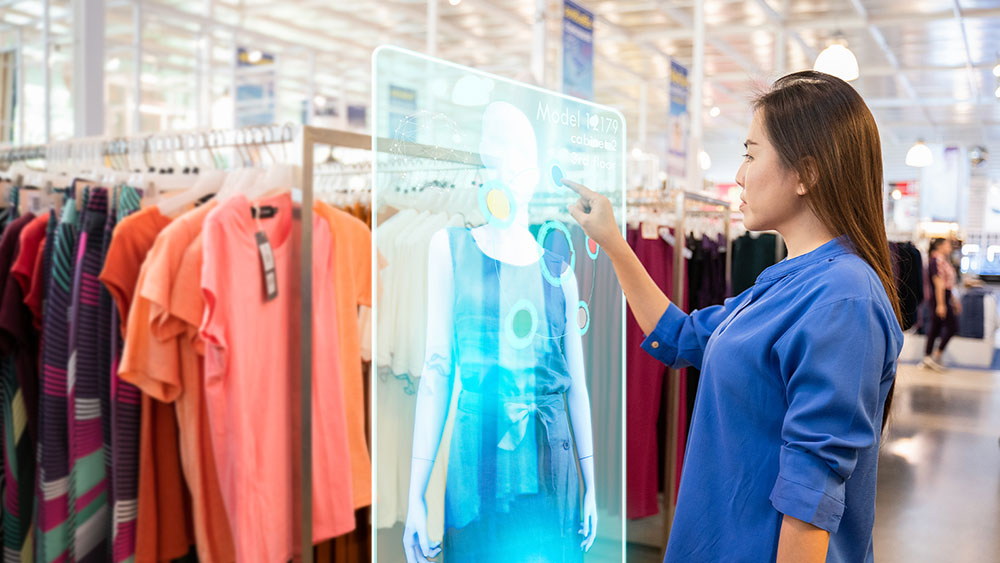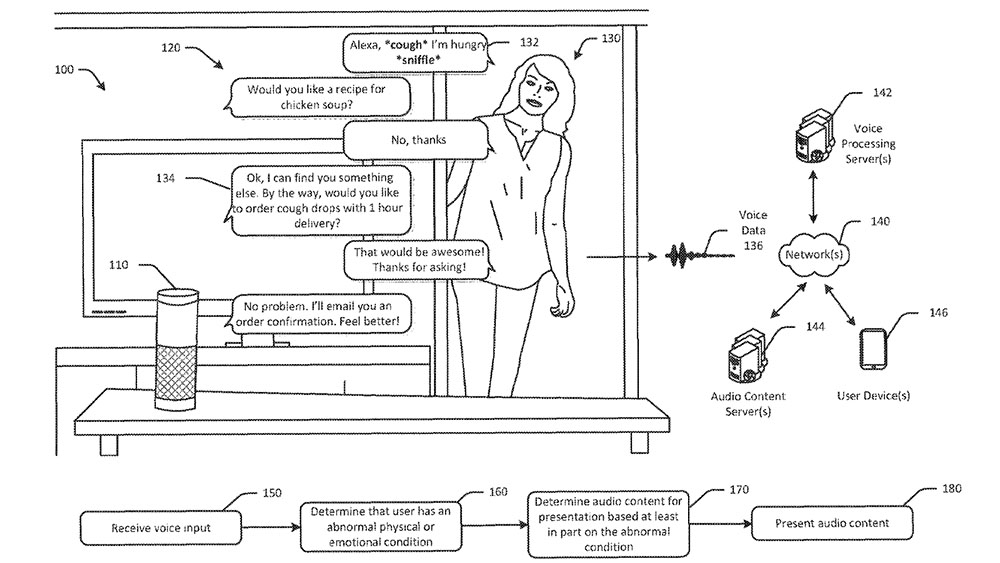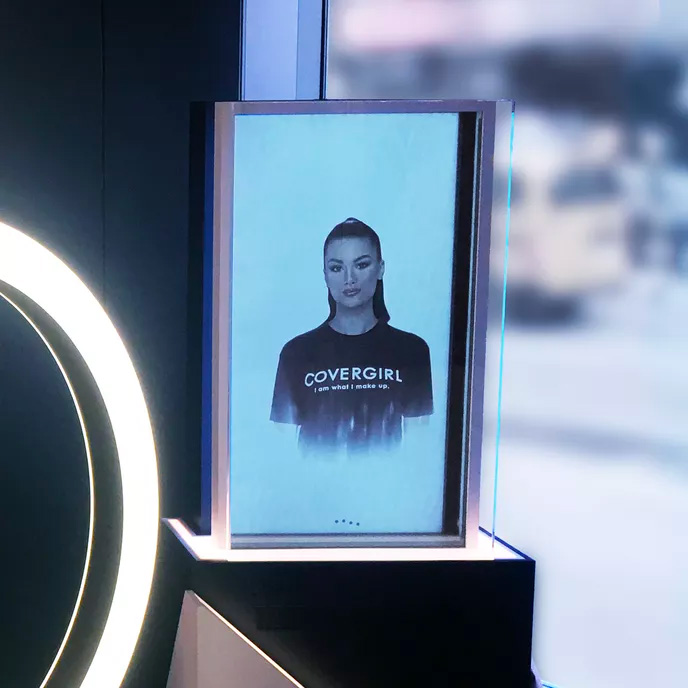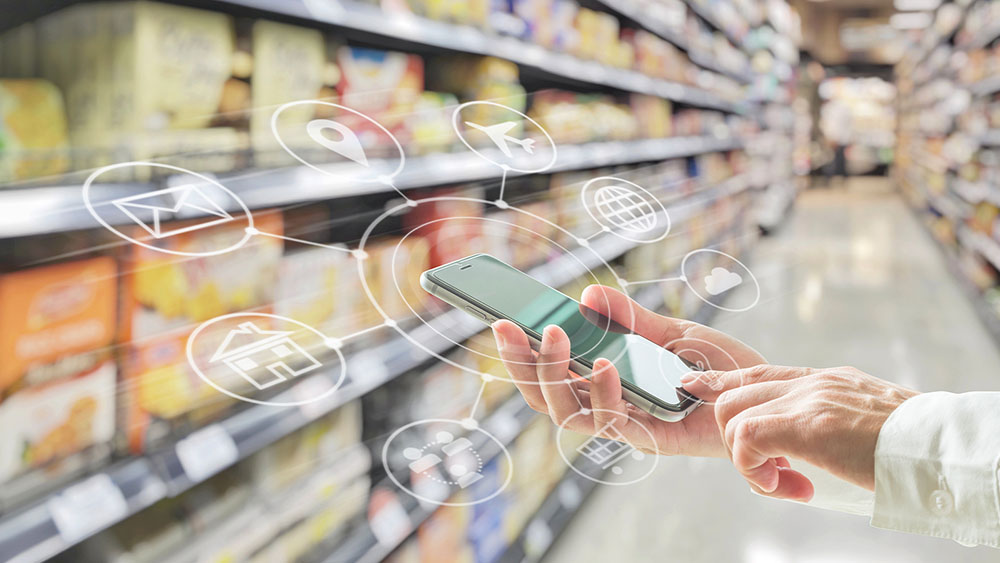5 min read
Is there Power in Personalisation? Part 1
In this first blog out of a three-part series, we look at the rise of personalisation, what it means, and why marketers should personalise their ...
Get the latest insights, research and news delivered straight to your inbox.
Plus, enter to win the 2nd edition of Omnichannel Retail by Tim Mason & Sarah Jarvis!
No spam. We promise. 💜
Featured Case Study:
See how Eagle Eye helped Giant Eagle relaunch myPerks, delivering 25M+ personalized offers monthly and boosting loyalty program ROI.
Contact us to find out how we can enable your teams on our platform.


Growing in popularity over the last few years, artificial intelligence (AI) and machine learning platforms are becoming ever-popular with marketers looking to scale personalization and provide value to their customers, with decisions and actions rooted in a best-practice D.I.A.L (Data, leading to Insight, driving Action to promote Loyalty) approach to personalization. Examining large data sets from multiple sources across multiple timeframes, AI-based machine learning can generate insights that marketers most likely wouldn’t have been able to uncover via more manual analytical processes. By deriving more insight from this analysis, marketers can gain a better understanding of their audience and consequently build deeper and more successful relationships using personalized messaging and content.
Starbucks remains one of the stand-out brands successfully leveraging AI within marketing, using advanced statistical methodologies to analyze app data, loyalty data, transactional data, as well as other geographic information (e.g. weather) to personalize their communications to the customer, along with sending recommendations in the hope they increase their spend. Further, a virtual AI-based barista chatbot service available in the Starbucks app also allows customers to place orders directly from their phones using voice commands.
As machine learning platforms become more sophisticated, the next step will be to leverage different kinds of data, including audio and visual, to react to emotional cues in real-time. For example, Amazon recently filed a patent for their Echo devices that would detect different tones in a user’s voice, recognizing if someone was crying or excited or even if they had a blocked nose if it detected more nasally tones. Amazon can leverage this innovation to make suggestions on recipe selection or grocery suggestions, driving stickiness and a better understanding of customer behavior.

Credit: Amazon via The Telegraph
As one expert marketer, Andrew Pearson, recently argued, AI will soon be the basis for customer personalization and, as we enter a new decade, its use in business-to-consumer (B2C) marketing will soon become the norm. According to a new study by Evergage, 33% of marketers already use some form of machine learning to deliver personalization, whether it be pattern-matching algorithms or predictive data analytics. What’s more, another 32% plan to incorporate machine learning into their personalization tactics in the next year.
Thinking outside the box when it comes to personalization can use learnings from your customer data to personalize all of the content every customer sees. For example, all customers shouldn’t see the same website homepage. If you know they’ve purchased from you before, dynamically insert product recommendations onto your homepage. Or, if they’re a brand-new customer, give them an incentive to encourage them to place their first order.
Dynamic content doesn’t even have to target customers on an individual basis – using the weather is another great way to easily make content more relevant, by promoting suitable weather-appropriate products or services that may be relevant on a certain day to customers. If it’s sunny, display summer clothing if you’re an apparel retailer, or barbecue products if you’re a grocer.
Equally, brands like Netflix have started to use the data generated by people’s viewing habits to dynamically customize the media artwork a customer sees via an algorithm. Preferences on movie genre, actor/actress, and themes all play a role in the dynamic content displayed to a customer, and Netflix continues to update preferences to maximize both customer acquisition as well as retention and engagement.
As discussed all the way back in my first blog, the key to successful B2C personalization is connecting the dots between the online and offline customer journey – this includes physical marketing, both out-of-home and in-venue or in-store. However, a study by McKinsey shows that less than 10% of brands they surveyed felt they were deploying personalization beyond the usual digital channels successfully. As we enter this next decade, expect to see more physical brand spaces geared towards a digital-first experience.
A McKinsey study highlights how CMOs view analytics and AI applications, such as facial and location recognition and biometric sensors, becoming more widely used in physical stores, with the data suggesting offline experiences are the next big opportunity for personalization.
Covergirl, the American cosmetics brand, was one of the first to transform its physical stores to ones that were digitally enabled. ‘Olivia,’ an AI hologram, greets customers, answers initial questions, and directs them around the store. If a customer then wants to try on any of the makeup, they can head over to an augmented reality (AR) powered ‘glam station’ to test out different colors and virtually try on products before they buy. While none of these completely replace the personal touch of the human assistants also available in-store, as the technology develops, personalized recommendations based on skin tone and facial features will appear in real-time.

Covergirl flagship, NYC. Credit: LSN Global
Other examples include Amazon Go’s ‘Just Walk Out’ automated checkout technology, US grocery chain Kroger’s digital price tags, and companies such as Starbucks, Macy’s department store, and Sephora who are leveraging GPS technology targeting customers as they walk past a store by triggering relevant geo-targeted in-app offers.
All of these examples use engagement online or in-store to build digital connections that can be harnessed to drive more relevant and profitable customer relationships.
In short, the answer to the title of this blog is, ‘yes,’ there is power in personalization – but only with data. Without data, there is no personalization. Data is the key, followed by having the right tools, such as customer relationship management (CRM) and customer data platform (CDP) analytics, and real-time marketing execution engines.
As a starting point, marketers should refine their content to be relevant to their target customers, using the data to make informed, next-best-action decisions and product decisions based on customer needs and trends.
If we know that over 80% of customers want brands to understand when to best approach them, and 77% have engaged with a brand that provides a personalized service or experience, businesses need to use the data they have to better communicate with their customers (using D.I.A.L, i.e. Data, leading to Insight, driving Action to promote Loyalty).
But where will it end, you ask? Personalization is as important for building brand affinity as it is loyalty, and – as brands continue to tailor their communication – customers will expect more one-to-one engagement that resonates with them. But will that see brands look to develop completely personalized products? What about personalized pricing?
Customers expect more in an omnichannel world, and their demands change rapidly, as we have seen in the past few months during the global coronavirus pandemic. By holistically evaluating the customer journey using data and the right tools, it is more important than ever that marketers leverage the power of personalization to improve engagement levels and build meaningful customer relationships.
To find out more about how Eagle Eye can help you personalize your marketing strategy and execution to foster more relevant and profitable customer engagement, please contact us.
Get the latest insights, research, and news delivered straight to your inbox.
Plus, enter to win the 2nd edition of Omnichannel Retail by Tim Mason & Sarah Jarvis!
No spam. We promise. 💜

5 min read
In this first blog out of a three-part series, we look at the rise of personalisation, what it means, and why marketers should personalise their ...

1 min read
Sarah Jarvis of Eagle Eye explores how AI-driven personalisation enhances customer loyalty and profitability in modern retail tech stacks.

3 min read
This blog explores the need for personalisation and the obstacles faced by EDLP retailers, as well as potential solutions.